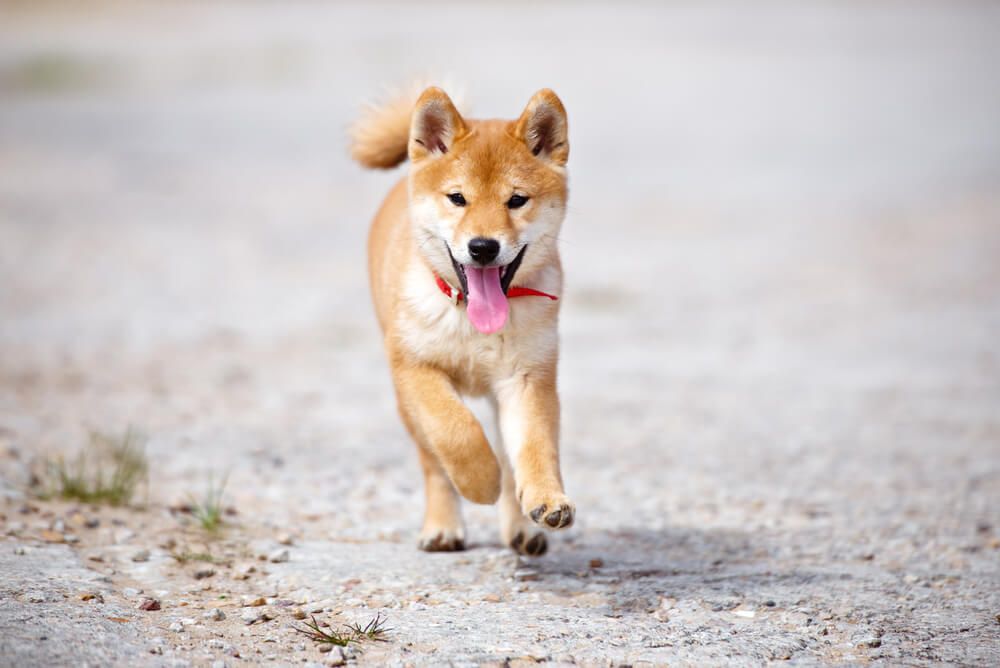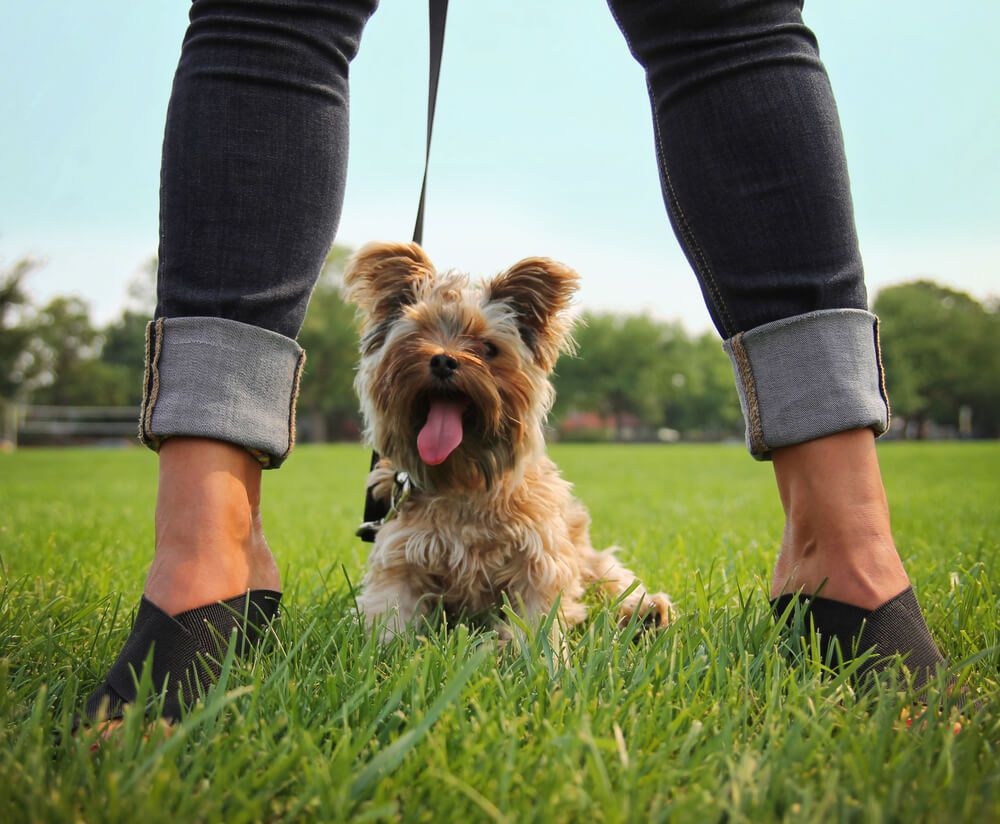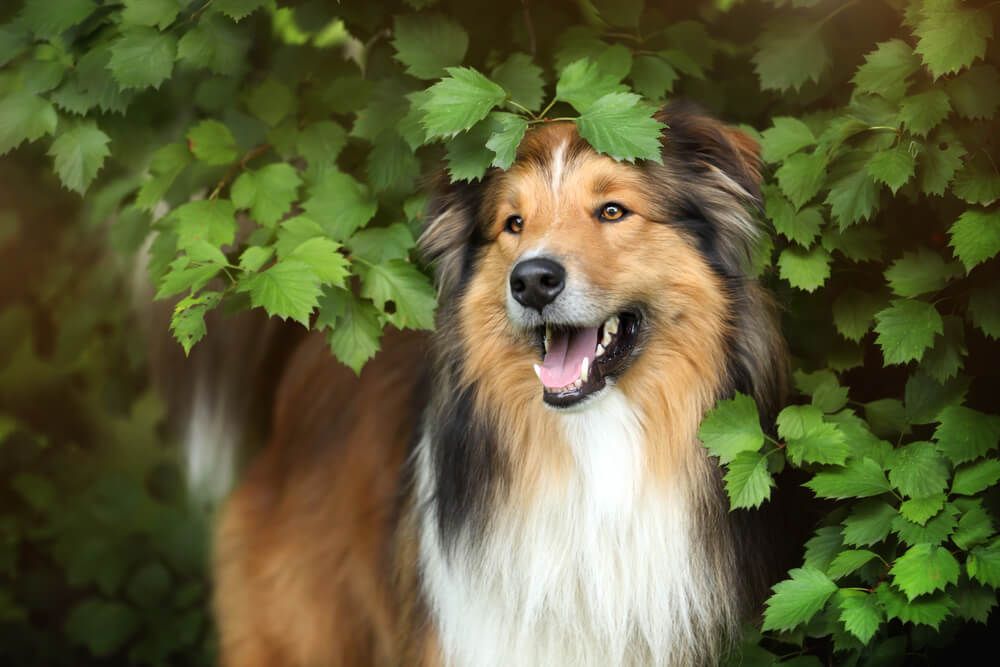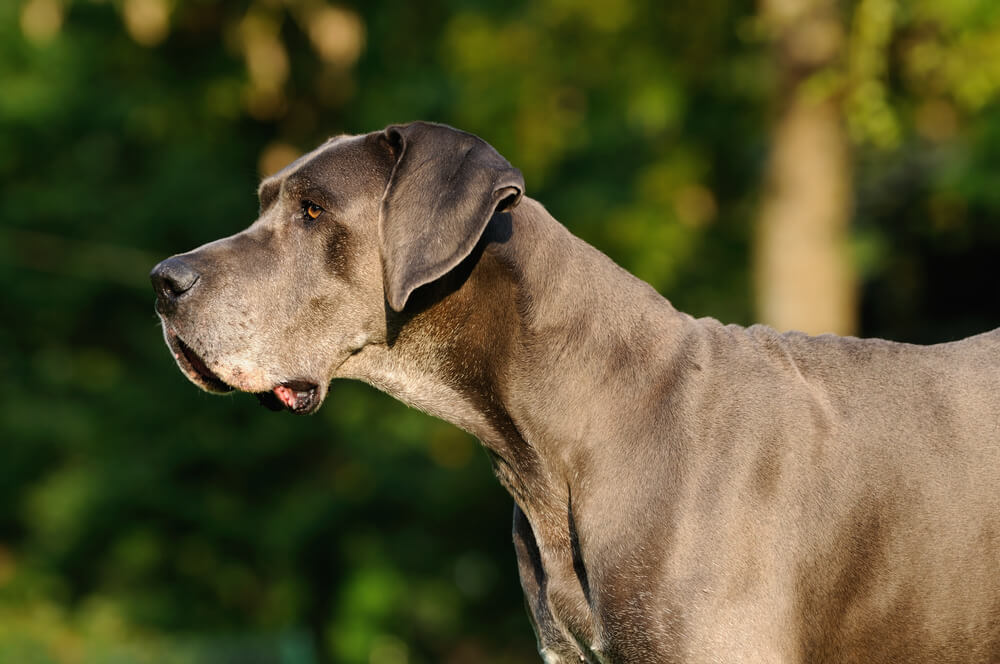Hey Ollie blog readers! We’re offering you an exclusive 60% OFF your starter box! Try now!
If you’ve ever seen someone walking what you thought was a fox, it may have actually been a Shiba Inu! Shiba Inus are a Japanese breed of dog with some very Foxlike features. Since the mid-1950s, these dogs have been gaining popularity in the US – and for good reason.
Before you bring one home, make sure you understand these dogs’ temperament, training needs, and lifestyles they are suited to.
Read on to see if a Shiba Inu might be the right breed for your next best friend.
Overview of the Shiba Inu
Originally, the Shiba Inu was bred in Japan as a hunting dog. They were used for hunting both large and small game. They could flush out small birds or hunt wild boars confidently.
The breed almost became extinct during World War II as many died in bombings. Prior to this time, there were three separate breeds of Shiba, depending on where they were bred. After WWII, only one breed survived, and that is what we know as the modern Shiba Inu.
Over the years, they have become popular pets not only in Japan but here in the United States. In Japan, these dogs are prized companions and are even considered a national treasure.
The first Shiba Inu was brought into the US in 1954 by a military family. Since then, their popularity has grown in the US. Today Shiba Inu is the 44th most popular breed, according to the American Kennel Club. This ranking is out of 195 recognized breeds.
Shiba Inu range from about 17 pounds for a female and 23 pounds for a male and can be between 13.5 to 16.5 inches tall. This makes them suitable for city or apartment living as well as life in a more rural area or on a farm.
They are sturdy and healthy dogs, most only requiring routine wellness care and vaccines. Some hereditary medical conditions can be passed on. A reputable breeder should be screening parents and puppies and providing you with all of the information about your new puppy’s health. Your puppy should have a wellness check at 6 weeks old (the breeder should arrange), and you should plan to have your puppy examined by a vet of your choosing when you bring them home.
Shiba Inu are beautiful and regal looking dogs. They come in several colors, including Red, Sesame, and Black and Tan. All colors also feature white markings.
Shiba Inu Behavior and personality traits
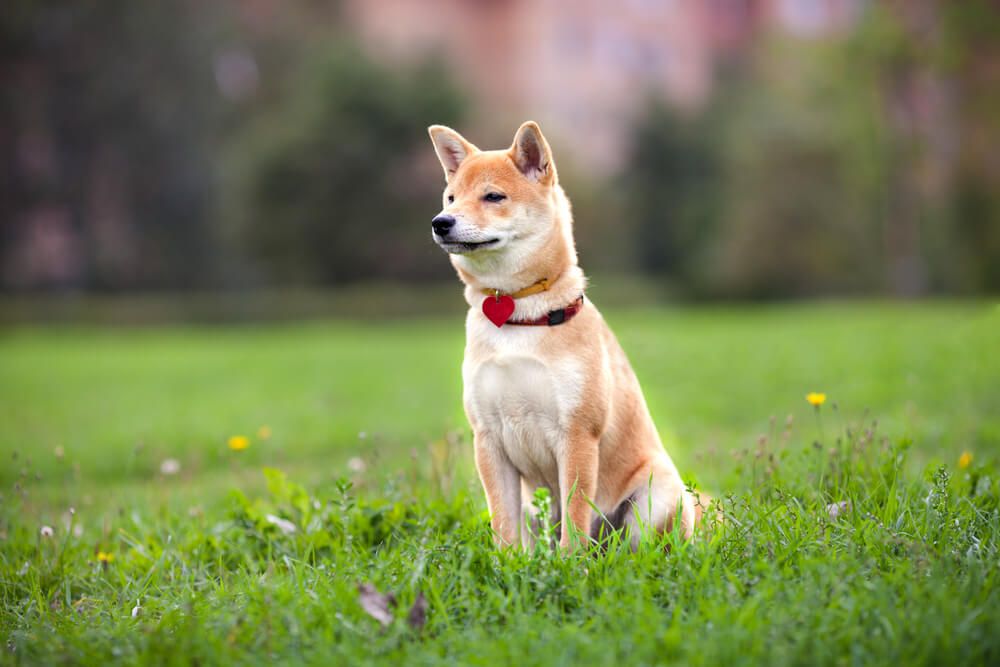
Shiba Inu have some distinct personality traits that you should know about when you’re deciding if this is the right dog for you. These are:
-
Independent
These dogs have an independent streak. Because of this, Shiba Inu, in particular, may not be considered reliable off lead. Even if you’ve taught them to recall, in the right situation (an open gate, an unlocked door), a Shiba may take the opportunity to take off alone. Even if you’ve prioritized recall skills, you don’t want your beloved pet to try to take the opportunity to disappear. Keep them on a leash or in a fenced-in area when possible. You want to allow them to have their independence, but safely.
-
Territorial
The National Shiba Club of America says that “if Shibas could say one word, it would be ‘mine.’ They believe that sharing is something others should do.” Some dogs can take this concept a little too far and show resource guarding or aggressive behaviors. They may bark or growl if you try to take away their food, toys, or treats. In extreme cases, a territorial dog could bite if you try to take away something that is “his.” If you’re having children or other dogs over, you may want to remove favorite toys or bones, so there are no issues or fights. You can also feed dogs in separate rooms or spaces to make sure the dogs both eat peacefully.
-
Stubborn
As these dogs are fairly independent, they can also be a bit stubborn. Starting their training early and being consistent will give you a better chance of training successfully. Don’t forget these dogs are bred to be companions, so although your pup might have a stubborn streak, at the end of the day, they’ll want to be around you and learn to fit into their “pack.”
-
Active
As Shiba Inus were originally bred as hunting dogs, they do enjoy being active. They are the kind of dog that knows when enough is enough. Unlike an Australian Shepherd or other herding dogs, they do not need to be constantly working. Some long walks and/or good training or play sessions each day should be enough for this type of pup. Shiba Inus like to solve problems, so more advanced puzzle toys might be a great enrichment activity for them.
-
Naturally Clean
Shiba Inus will spend a lot of time grooming themselves. Some people say they’re almost catlike. In addition to grooming themselves, they’re pretty easy to house train. They don’t like soiling the area where they eat or sleep and will find another place to go. Show your Shiba puppy where you want it to do its business and provide lots of praise and reward for going outside. Your pup will catch on quickly.
3 tips for developing good temperament and personality
1. Start early
Take your puppy to puppy kindergarten or a similar puppy class. In these classes, you’ll learn how to teach your puppy basic commands like sit, down, stay, come, and leave it. Most classes also give time to allow the puppies to learn to socialize and play with each other. Look for classes run by trainers who use fear free methods and positive reinforcement. In addition to learning and playing, trainers can help address issues at home like jumping, biting, begging, and crate training. Ask all the questions you want and make sure to practice in between lessons. Your dog won’t become a superstar in just one hour once a week or so. You’ll need to reinforce lessons at home outside of the classroom.
2. Socialize your puppy
While puppy classes are a great place to start, you’ll also want to socialize your puppy outside in the “real world.” This means introducing them to all kinds of new people, places, and things. The more you can introduce your puppy to, the more comfortable they’ll be in new situations. Popular socialization activities can include meeting new people, walking in different neighborhoods, a ride in the car, training sessions, meeting other dogs or animals (with proper supervision, of course). If you live in a city research pet-friendly stores, you can take your puppy into. Make sure they’ve gone to the bathroom first to minimize the risk of accidents. You can practice polite greetings, leave it, as well as good leash manners in a variety of settings. All dogs (not just Shiba Inu) don’t generalize well, so learning to do these commands in a variety of places will help set your dog up to be successful in many situations.
3. Provide mental and physical stimulation
A tired puppy is a happy puppy. This doesn’t just mean taking long walks or tiring them out in the backyard or dog park. While walks and playtime are great, the Shiba Inu is a smart dog. They can use puzzle toys, learn new commands, or even tricks. Keep training sessions short and positive to avoid overtiring or overstimulating your young pup!
The Ollie blog is devoted to helping pet parents lead healthier lives with their pups. If you want to learn more about our fresh, human-grade food, check out MyOllie.com.
Tagged As:

The nutrition your dog needs,
the food they want.

Enjoying our articles? Subscribe our Newsletters and get new articles directly to your inbox
You might also like
25 March 2025
4 MINS READ
Yorkie Pros & Cons: Is a Yorkie the Right Dog for You?
At around 7 inches tall and weighing just 7 pounds, the Yorkshire terrier (Yorkie for short) can fit a lot of personality into their tiny bodies. If you’re looking for a new best friend and have …
25 March 2025
5 MINS READ
Collie Temperament: 6 Personality Traits Explained to Get to Know Collies Better
Described by the American Kennel Club as devoted, graceful and proud, the collie is ranked 38th on their list of most popular breeds. While many people think of Lassie when they think of the coll…
25 March 2025
7 MINS READ
Great Dane Temperament & Personality: Get to Know Your Dog
Usually, the first word that comes to mind when you think of a Great Dane is larger than life! These big, beautiful dogs have a way of capturing attention wherever they go. Have you ever wondered w…
